First Snowfall Forecast Winter 2025–26: When Will It Snow in the US?
 Massive Winter Storm hits the U.S 2024: Warnings, Impacts, and Updates Massive Winter Storm hits the U.S 2024: Warnings, Impacts, and Updates |
 Monster March Storm Unleashes Tornadoes, Snow, and Destruction Across the U.S. Monster March Storm Unleashes Tornadoes, Snow, and Destruction Across the U.S. |
Overview: What to Expect This Winter
Winter 2025–26 in the United States is forecast to be milder than average in many southern and eastern states, while colder and snowier than usual for northern interior and mountain regions. The first snowfall is expected to arrive on time or slightly later in most areas, with early snow limited to high elevations and northern states.
Major drivers of this winter’s pattern include a developing La Niña, jet stream behavior, and the potential influence of polar vortex disruptions.
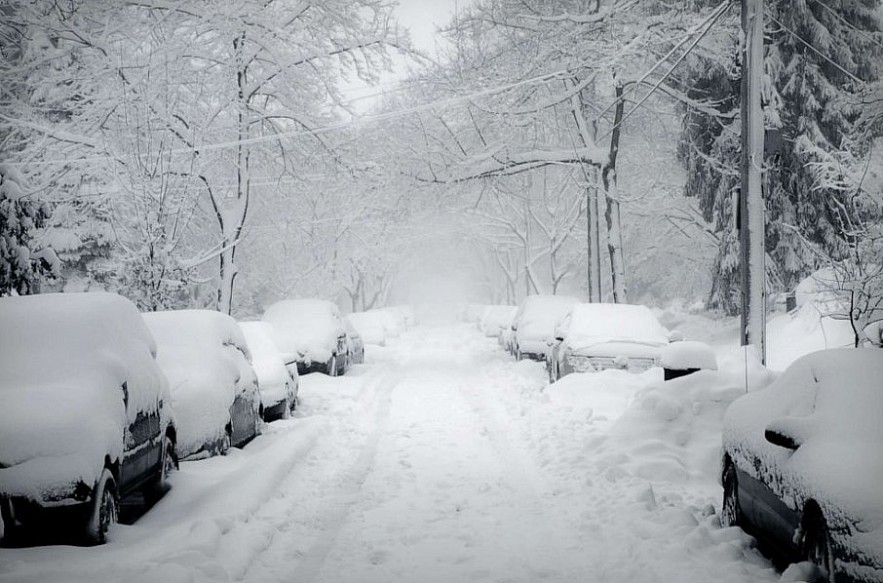 |
| First Snowfall Forecast for Winter 2025‑26 |
Key Climate Signals
1. La Niña Watch
Current models show a high probability (70%+) of La Niña developing by late fall 2025. La Niña winters often bring cooler, wetter conditions to the Northwest and warmer, drier winters to the South. It also tends to shift the storm track northward, enhancing snowfall for parts of the Great Lakes, Northeast, and northern Rockies.
2. Temperature Outlook
NOAA’s long-range forecast calls for above-average winter temperatures across much of the South, Southeast, and East Coast. Near- to below-average temperatures are expected in northern tier states and especially in higher elevation zones across the West and Pacific Northwest.
3. Snowfall Trends
While warmer conditions could delay snow in some regions, above-average snowfall is forecast for:
-
The Great Lakes
-
Interior Northeast
-
Northern Plains
-
Mountain West (Rockies, Cascades)
Below-average snowfall is likely in southern California, desert Southwest, and Gulf states.
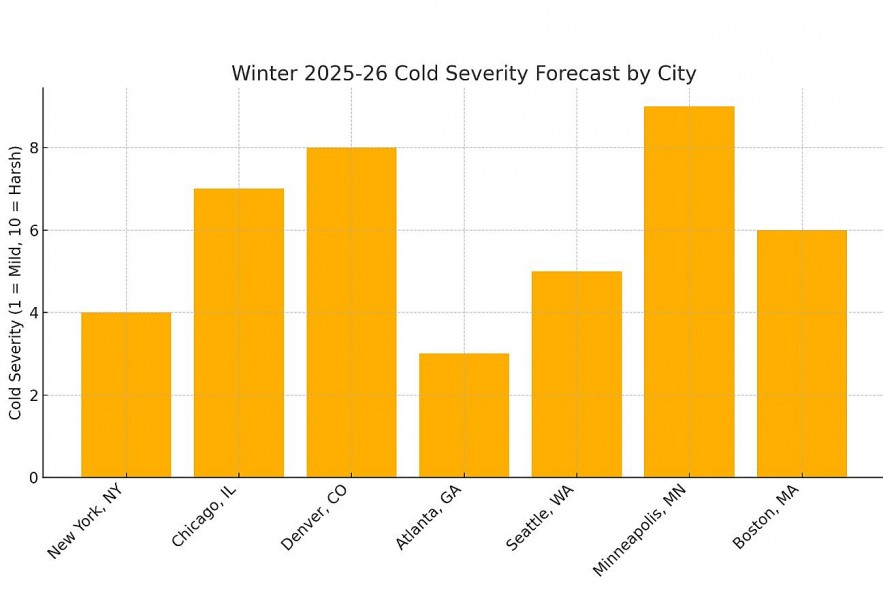 |
| Winter 2025-26 Cold Severity Forecast by City |
First Snowfall Forecast: Regional Overview
| Region | Typical First Snowfall | Forecast for 2025–26 |
|---|---|---|
| Rockies & High Elevations (CO, UT, MT) | Late September to mid-October | On-time or slightly early due to elevation and cold air mass flow |
| Great Lakes & Upper Midwest | Late October to early November | Slightly later than average in lowlands; earlier in northern zones |
| Northeast (NY, VT, ME, MA) | Late October to mid-November | Slightly delayed start; more snow expected mid to late season |
| Pacific Northwest (WA, OR) | Early November | First snow possible by mid-November; cold conditions favorable |
| Mid-Atlantic & Appalachians | Mid-November to early December | First measurable snow expected in late November or early December |
| South & Southeast (GA, AL, TX) | December to rarely ever | Little to no snow; if it occurs, it will be late and short-lived |
Cold Severity by City (2025–26)
| City | Typical First Snowfall | 2025–26 Forecast | Cold Severity (1–10) |
|---|---|---|---|
| New York, NY | Mid-November | Late November | 4 |
| Chicago, IL | Early November | Early November | 7 |
| Denver, CO | Late October | Late October | 8 |
| Atlanta, GA | Mid-December | Late December (possible) | 3 |
| Seattle, WA | Late November | Late November | 5 |
| Minneapolis, MN | Late October | Late October | 9 |
| Boston, MA | Mid-November | Mid-November | 6 |
How Cold Will It Get?
Although many regions will see milder averages, cold air outbreaks are still likely during key windows in December and January, especially for the Midwest, Plains, and interior Northeast.
-
Northern states may experience several Arctic air intrusions, with temperatures dropping well below freezing for extended periods.
-
Southern states will mostly avoid deep freezes, though a few brief cold snaps are possible.
Wildcards That Could Shift the Forecast
-
Strength and timing of La Niña
A stronger La Niña could amplify cold and snow in the Northwest and northern tier states. -
Polar vortex disruptions
If the polar vortex weakens or breaks, extreme cold could reach farther south than currently forecast. -
Blocking patterns over the Pacific
Persistent ridges can either trap cold air or keep it bottled up. These patterns are hard to forecast far in advance but have major effects.
Frequently Asked Questions (FAQ)
When will the first snow fall in the US this year?
Most mountainous areas will see their first flakes in late September or October, while northern states will likely see first snow between late October and mid-November. Southern areas might not see any snow at all.
Will this winter be colder than last year?
For many southern and coastal regions, it will likely be milder. However, northern interior and mountain regions may see a colder and snowier winter, especially if La Niña strengthens.
Where will it snow the most in 2025–26?
Expect above-average snowfall in the Northern Rockies, Upper Midwest, Great Lakes, and interior Northeast.
Is a white Christmas likely this year?
Chances are above average in traditional snow zones like Chicago, Minneapolis, Denver, Buffalo, and interior New England. Unlikely in the South or coastal Southeast.
What cities are expected to get snow earliest?
-
Minneapolis, MN: Late October
-
Denver, CO: Late October
-
Chicago, IL: Early November
-
Boston, MA / New York, NY: Mid to late November
Final Takeaway
Winter 2025–26 will likely be divided—mild and dry in the South, cold and snowy up North. First snowfall may be slightly delayed in many places, but the middle and later parts of winter are expected to be more active, especially from December through February in traditional snowbelt regions.
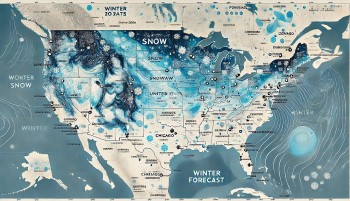 U.S. Snow Forecast for Winter 2024 - 2025 (Update) U.S. Snow Forecast for Winter 2024 - 2025 (Update) Using data from AccuWeather, the National Oceanic and Atmospheric Administration (NOAA), and other reliable sources, this article offers a thorough analysis of detailed snow forecasts ... |
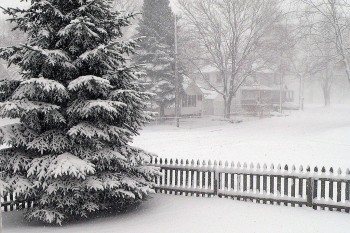 Thanksgiving Weekend Forecast: Rain, Snowfall and More Thanksgiving Weekend Forecast: Rain, Snowfall and More As Thanksgiving approaches on November 28, 2024, Americans across the country are curious if this holiday will bring a festive layer of snow. |
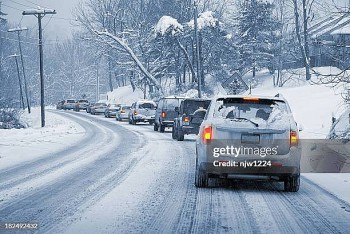 Winter Weather Warnings Across the United States - Snow Forecast Winter Weather Warnings Across the United States - Snow Forecast As winter quickly approaches, parts of the United States are already facing severe weather. |
 Winter Storms Expected to Impact Thanksgiving Travel in 2024: Key Details and Preparations Winter Storms Expected to Impact Thanksgiving Travel in 2024: Key Details and Preparations This Thanksgiving season, a significant winter storm system is forecast to affect millions of travelers across the U.S |























